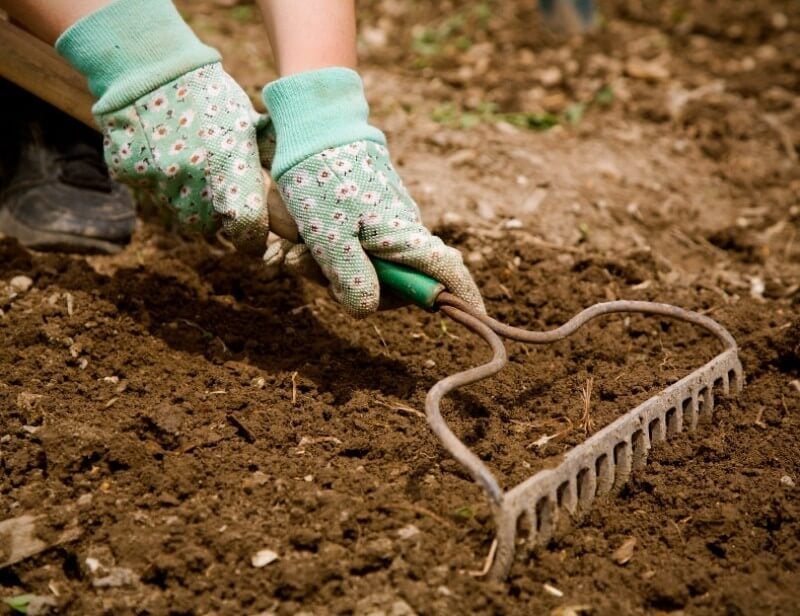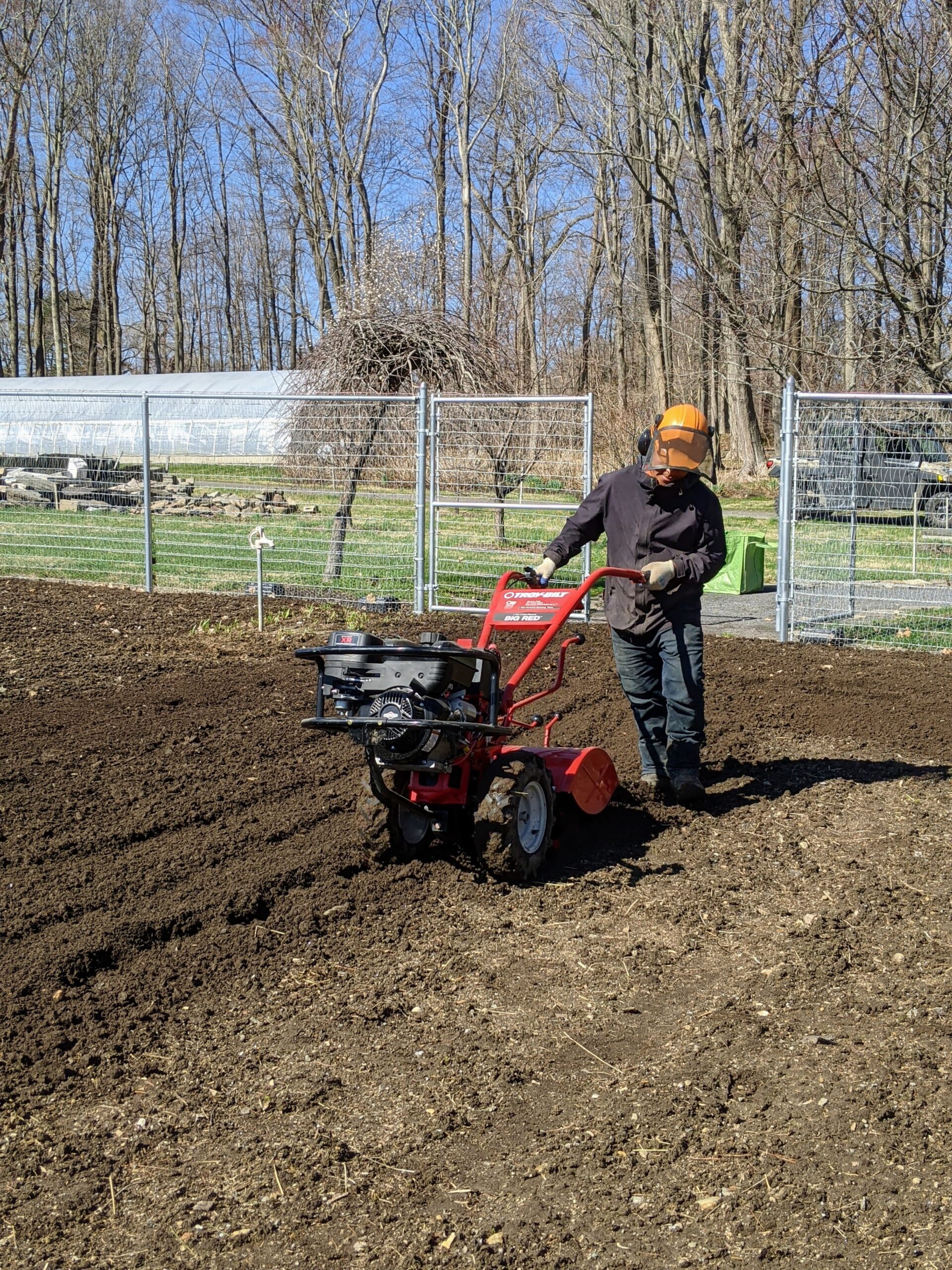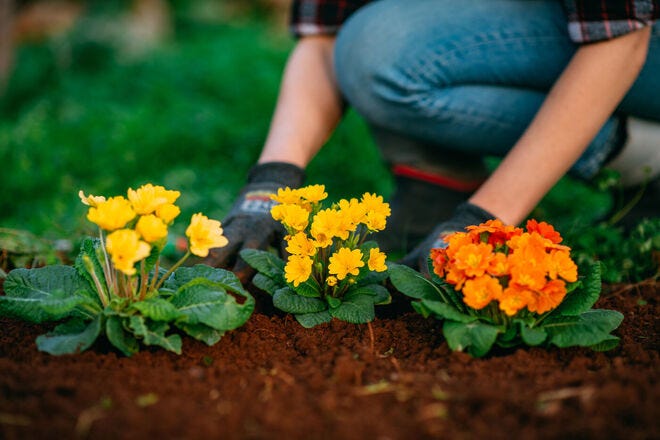The best time to rototill your garden is in the spring or fall. This timing ensures the soil is ready for planting and helps control weeds.
Rototilling at the right time can make a big difference in your garden’s health. In spring, the soil is warming up, making it easier to break up and mix. This prepares the ground for new plants. Fall rototilling helps mix in organic matter and break down plant debris.
It also helps with weed control, making your garden ready for the next planting season. Understanding the best time to rototill your garden can save you time and effort, leading to a more productive and beautiful garden.

Credit: bonnieplants.com
Introduction To Rototilling
Rototilling helps prepare your garden soil. It breaks up compacted soil. This makes it easier for plants to grow. Rototilling also mixes in compost and fertilizers. This improves soil nutrients. It’s best to rototill in spring or fall. The soil should not be too wet. Wet soil can cause clumping.
Rototilling improves soil structure. It helps roots grow deeper. This leads to stronger plants. It also helps control weeds. The tiller turns over the top layer of soil. This buries weed seeds. It also aerates the soil. Good aeration helps water and air reach plant roots. Rototilling also speeds up the decomposition of organic matter. This adds nutrients to the soil.
Some believe rototilling harms the soil. They think it kills helpful bugs. While it can disturb some insects, it is not harmful overall. Others say it causes soil erosion. This is true only if done too often. Rototilling once or twice a year is safe. Some think it is hard to do. Modern tillers are easy to use. They are designed for home gardeners.
Optimal Seasons For Rototilling
Spring is a great time to rototill your garden. The soil is moist from melted snow and spring rains. This makes it easier to till. Tilling in spring also helps prepare the soil for planting. It breaks up the soil clumps and mixes in organic matter. Spring tilling can improve soil health. It makes the garden ready for new plants.
Fall is another good time to rototill. The soil is still warm from summer. This makes tilling easier. Rototilling in fall can help break down plant debris. It mixes in compost and other organic materials. Fall tilling can reduce weeds for the next year. It also improves soil structure over winter.
Ideal Weather Conditions
Soil should not be too wet. A good test is to squeeze a handful of soil. If it crumbles easily, it’s ready. Too much moisture can harm the soil structure. Dry soil is also not ideal. It can be hard to till. Balance is key.
Temperatures should be warm but not hot. Cold weather can make the soil hard. Warm weather softens it. Ideal temperature is between 60-70 degrees Fahrenheit. This range helps the soil stay workable. Avoid very hot days. Heat can dry out the soil.

Credit: growingwithplants.com
Soil Preparation Tips
Weeds compete with your garden plants for nutrients. It’s best to remove them. Pull weeds out by their roots. This stops them from growing back. Use a hoe to break up the soil. This makes weed removal easier. Removing weeds helps your plants grow better. Do this before rototilling. It ensures a clean start for your garden.
Adding nutrients to the soil helps plants grow strong. Use compost or manure to enrich the soil. Spread a thin layer over the garden area. Mix it in with a shovel or tiller. This improves soil structure. Check the soil pH. Some plants need more acidic or alkaline soil. Adjust as needed. Healthy soil means healthy plants.
Choosing The Right Equipment
Spring and fall are the best times to rototill your garden. Soil is moist and easier to work with. This helps prepare the garden for planting.
Types Of Rototillers
Rototillers come in different types. Each has its own use. Front-tine tillers are good for small gardens. They are easy to handle. Rear-tine tillers are stronger. They can work in large areas. Electric tillers are lightweight. They are eco-friendly. Gas tillers are powerful. They can handle tough soil. Choose the right one for your garden size and soil type.
Maintenance Tips
Proper care keeps your rototiller working well. Clean the blades after each use. Check the oil level before using. Tighten any loose bolts and screws. Sharpen the blades regularly. Store the rototiller in a dry place. Follow these tips for a long-lasting tool.

Credit: www.themarthablog.com
Common Rototilling Mistakes
Over-tilling can harm your garden. It breaks down soil structure. This makes it hard for roots to grow. Soil becomes compacted. Water and air can’t move freely. Plants struggle to get nutrients.
Over-tilling destroys beneficial organisms. Worms and microbes are vital for healthy soil. They help break down organic matter. Over-tilling disrupts their habitat. This leads to poor soil health.
Ignoring soil health affects plant growth. Healthy soil is key for a strong garden. Soil needs organic matter. Leaves, compost, and manure improve soil quality.
Ignoring soil health leads to poor plant growth. Plants need nutrients from the soil. Without them, plants become weak. Proper soil care ensures a thriving garden.
Expert Tips For Successful Rototilling
Rototill in early spring or fall. Soil should be moist but not wet. Dry soil can be dusty. Wet soil can be muddy. Both are hard to till. Wait for a few days after rain. Test the soil before tilling. Squeeze a handful. It should crumble, not stick. This means it’s ready.
Remove weeds first. Weeds can spread when tilled. Remove big rocks and debris. They can damage the tiller. Use a light tiller for small gardens. Heavy tillers are for large areas. Don’t till too deep. 6 to 8 inches is enough. Over-tilling can harm soil structure. Work in rows. Keep a steady pace. Don’t rush. Take breaks to check progress.
Post-rototilling Care
After rototilling, it’s important to keep the soil moist. Water the garden lightly, but often. This helps new plants grow strong roots. Adding a layer of mulch can help keep moisture in the soil. Mulch also keeps weeds from growing. Use straw, leaves, or grass clippings as mulch. Spread the mulch evenly over the soil.
Wait a few days before planting after rototilling. This allows the soil to settle. Choose plants that grow well in your area. Dig small holes for your plants. Place the plants in the holes and cover the roots with soil. Water the plants right after planting. This helps them get a good start.
Frequently Asked Questions
When Should I Rototill My Garden?
The best time to rototill your garden is in early spring. Soil is usually moist and workable at this time. It also helps to prepare the ground for planting.
Can I Rototill In The Fall?
Yes, you can rototill in the fall. Rototilling in fall helps mix organic matter into the soil. It also breaks down soil clumps.
What Is The Best Soil Moisture For Rototilling?
The best soil moisture for rototilling is slightly moist. Too wet soil can become compacted. Dry soil can be too hard to till effectively.
Should I Remove Weeds Before Rototilling?
Yes, you should remove weeds before rototilling. It helps prevent weed seeds from spreading. It also makes the tilling process easier.
Conclusion
Choosing the right time to rototill your garden is crucial. Spring and fall are the best seasons. Soil moisture is also important. Avoid tilling when the soil is too wet or dry. Your plants will thank you. Happy gardening!

My mission is to help you bring the beauty of nature indoors with expert advice, detailed plant care guides, and creative design ideas.





Leave a Reply